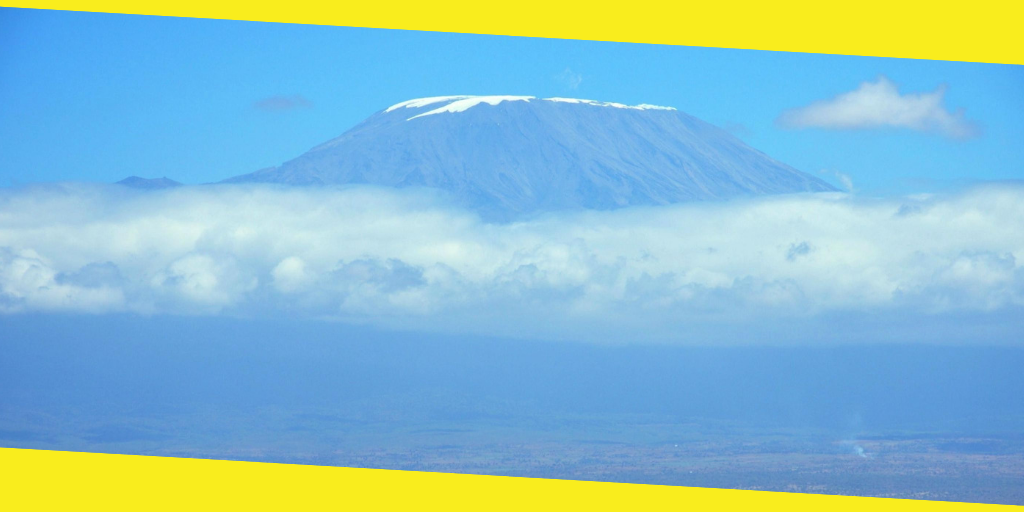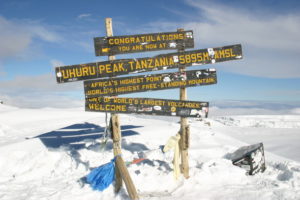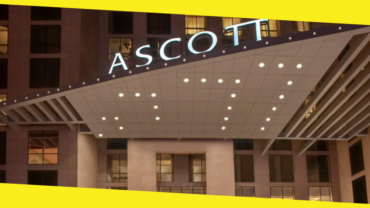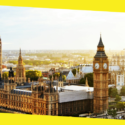What Do You Need to Know to Prepare Your Trip to Kilimanjaro?

When to make the trip; in what way you have to face the rise; which are the easiest routes and the most spectacular. How to travel to the base of the mountain. With this series of tips you can start planning your African adventure.
Climbing Kilimanjaro is one of the most authentic adventures that can still be experienced on African soil. The highest summit of the continent (with 5,895 meters of altitude above sea level) is one of the hardest high mountain routes in the world although the absence of technical difficulties, beyond those imposed by the altitude and hardness of the pending, make it the most accessible of the great peaks of the planet. Each year, thousands of travelers and travelers plan their trip to the mountain of perpetual snow. Here you have everything you need to plan the trip and start putting date to the dream of ascending to the roof of Africa.
How should you prepare?
One of the attractions of the climb to Kilimanjaro is that it does not require technical knowledge in mountaineering to reach the summit. But this does not mean that it is simple. The main mountainous needle of Africa is the fourth most demanding mountain in the world, from the point of view of its slope, only surpassed by Everest, Aconcagua and Mount McKinley. The unevenness from the base approaches 5,000 meters and requires a great physical and mental preparation; therefore the ascent is divided in four or five days to raise an average of 1,000 meters each day. The first difficulty is the adaptation to the altitude to avoid that the ‘altitude sickness’ frustrates the objective. Many agencies offer the possibility of adding some acclimatization day to the route. This supposes a considerable increase in the final price, but they increase of remarkable way the probabilities of success at the time of facing the summit.
To face the possibilities of success this trip you have to train for at least the previous six months (if one is not too used to intense physical effort) and gradually adapt the work. If you have the possibility of going to the mountain, better than better. In the gym, the stair climbing machines are ideal for preparing legs and swimming will help us to gain physical strength
Only with authorized agencies

As in other Tanzanian national parks, travelers accessing Kilimanjaro must have the assistance of authorized guides and the services of an agency. Most of these agencies can be contracted in the cities of Arusha and Moshi. The website of the association of tour operators of Tanzania offers a list of authorized operators to organize trips in the main natural areas of the country. You must always hire an authorized agency to avoid problems. There are two ways to solve these problems. Many risk hiring services at the destination; the advantage is that you can get better prices. More secure is to look for offers through the internet. Eye to the conditions. It is normal to offer the service of a guide and two / three porters per traveler or traveler and the prices must include transportation, food and, very importantly, the entrances to the national parks. An ascent to Kilimanjaro can be around 700 euros per person.
Another option is to contract all the services from the city of origin. The travel packages are around 2,000 euros and usually include visits to other national parks in the country and a trip to the spectacular island of Zanzibar.
Selecting Route:
Most climbers use four routes to access the summit of Kilimanjaro. The most simple and popular (although it has a medium degree of difficulty) is the Marangu Route (East Face), which requires between five or six days of walking (64 kilometers). The large number of walkers who use it have earned it the derogatory name of ‘Cocacola Route’. The path is perfectly marked and there is an abundance of high mountain refuges, which facilitates the ascent. The other mid-range route is the Ruta Rongai (North face), which is covered in a walk that lasts between 6 and 7 days (70 kilometers). The advantages of this route is that the slope is smaller and allows greater acclimatization to changes in height and the views over the Tanzanian Savanna are impressive. The base camps are made with tents.
The other two routes of ascent are cataloged as high resistance and require a high degree of physical preparation; Like the Ruta Rongai, these two trails do not have shelters and the camps are formed by tents (tents). The Machame Route is called ‘the end of the year path’ since it is the most used by travelers who arrive at the mountain during the Christmas holidays. This circular route requires six or seven days of walking to save the little more than 100 kilometers of route. To his credit it is necessary to indicate that the own topography of the footpath, with several sections in descent, facilitate the acclimatization to the height and the probabilities of success. The last of the popular routes is that Shira (98 kilometers), which ascends the west face of the hill and covers itself in about eight days. It is the most difficult but in its favor you have the visit to the spectacular Shira Plateau and it is the least traveled of all the access roads to the summit.
Most Inside
Most Inside offers high-quality recommendations and valuable updates to enhance all aspects of your life, providing premium guidance and enriching experiences.




